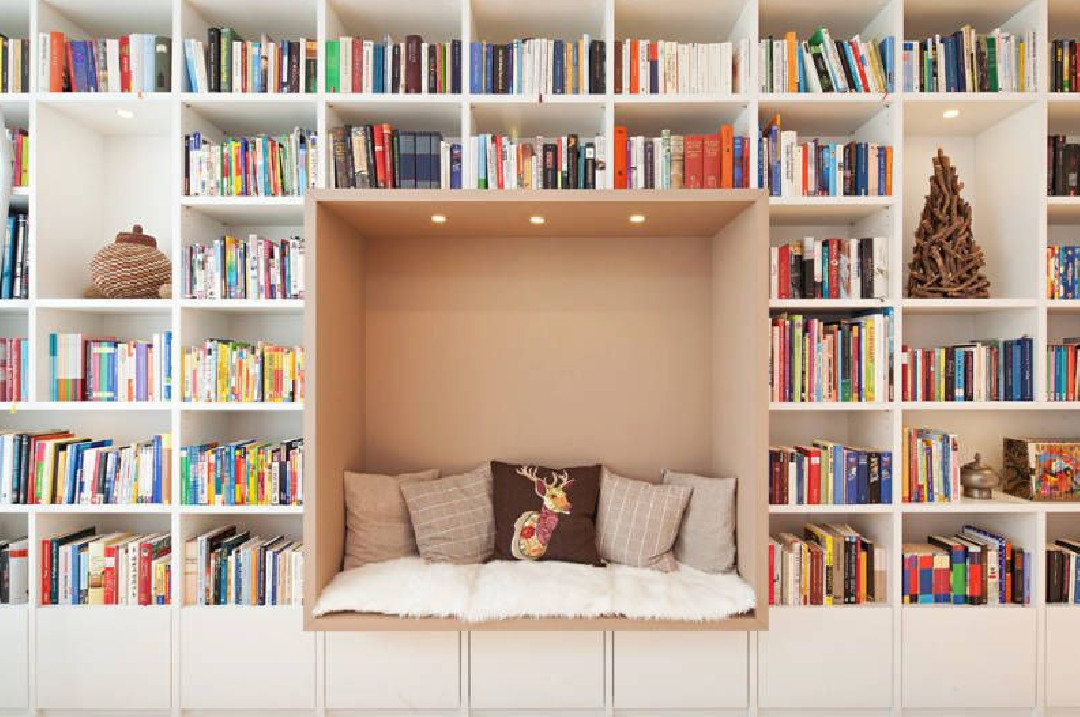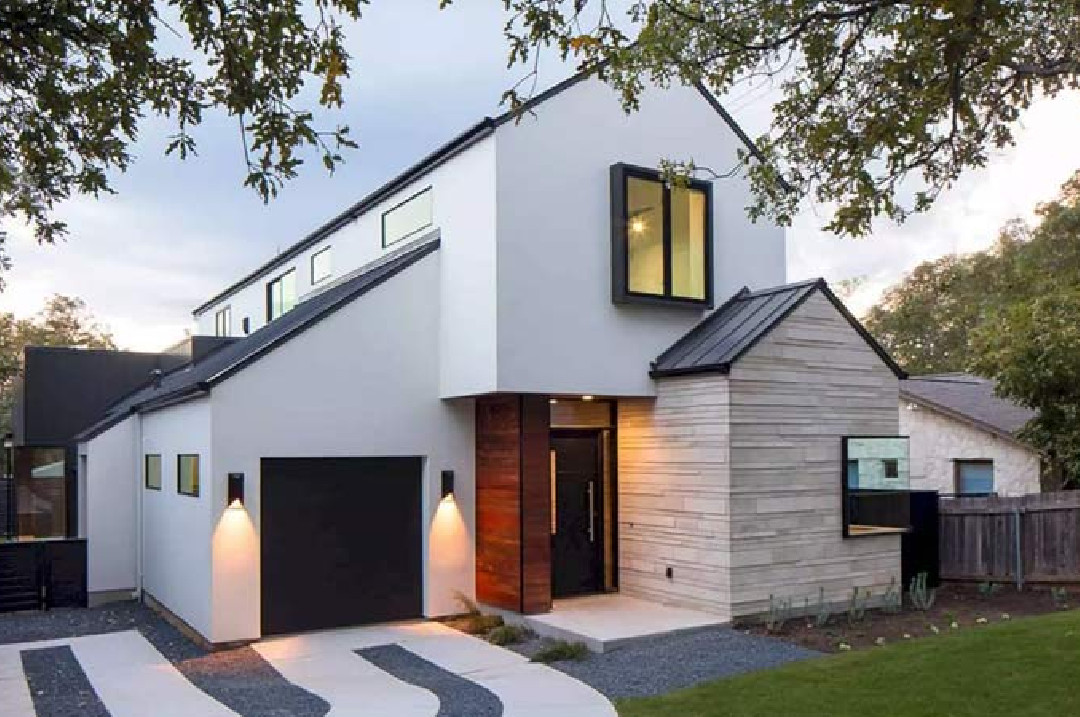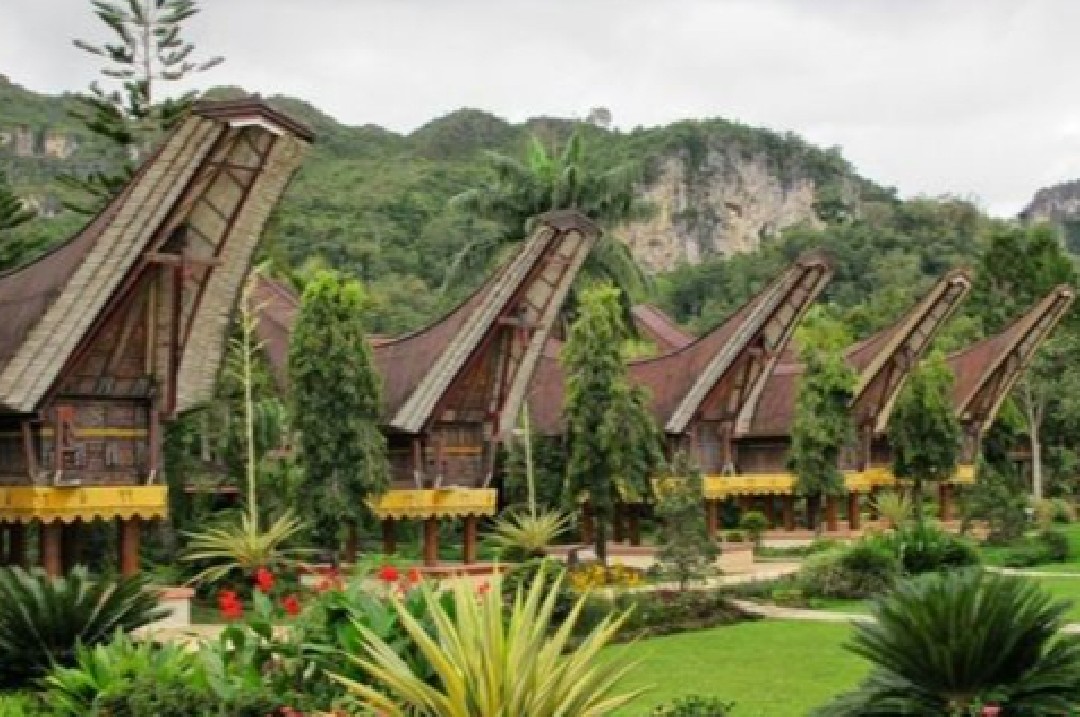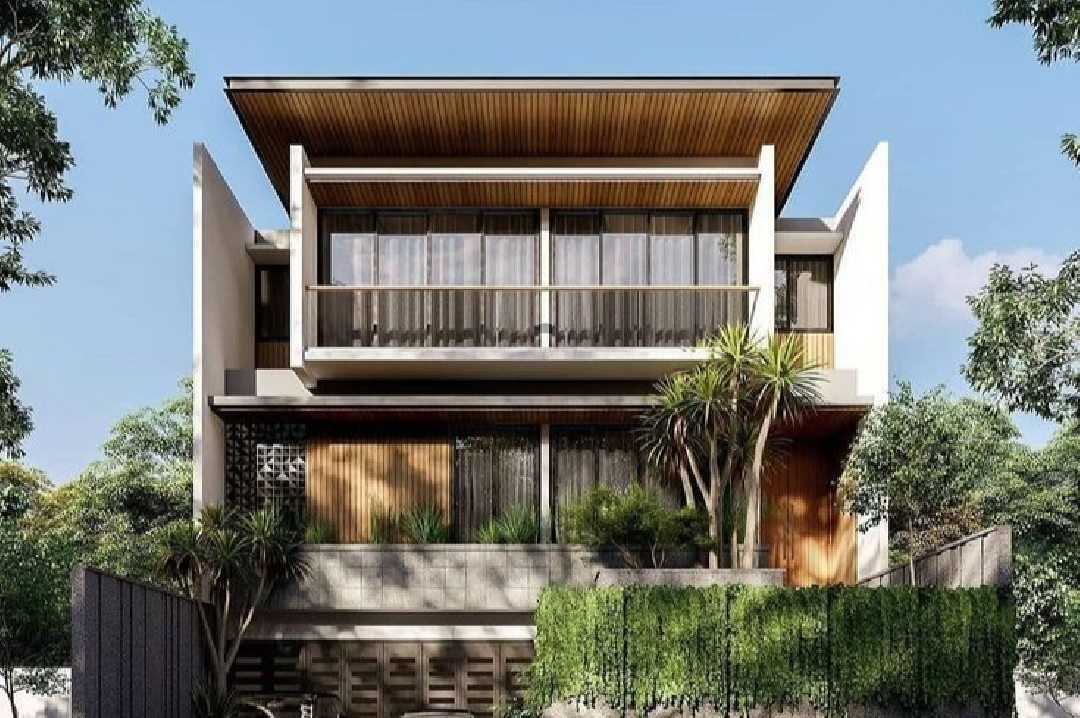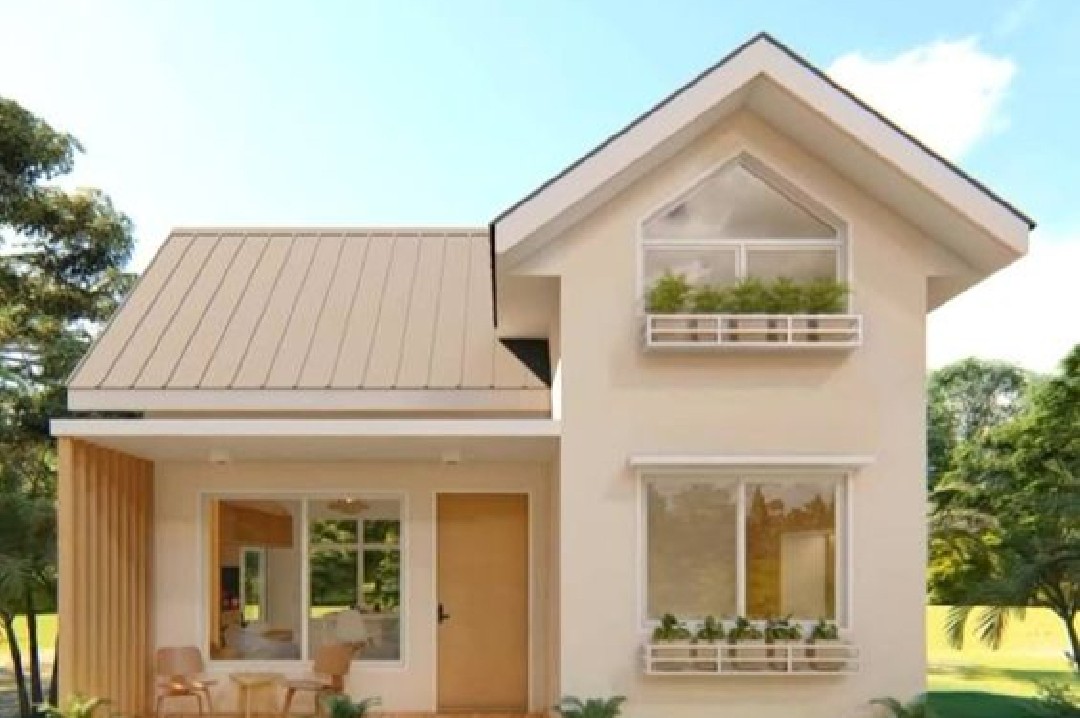Get to Know the Passive House Concept: Innovative Solutions for Energy Efficiency
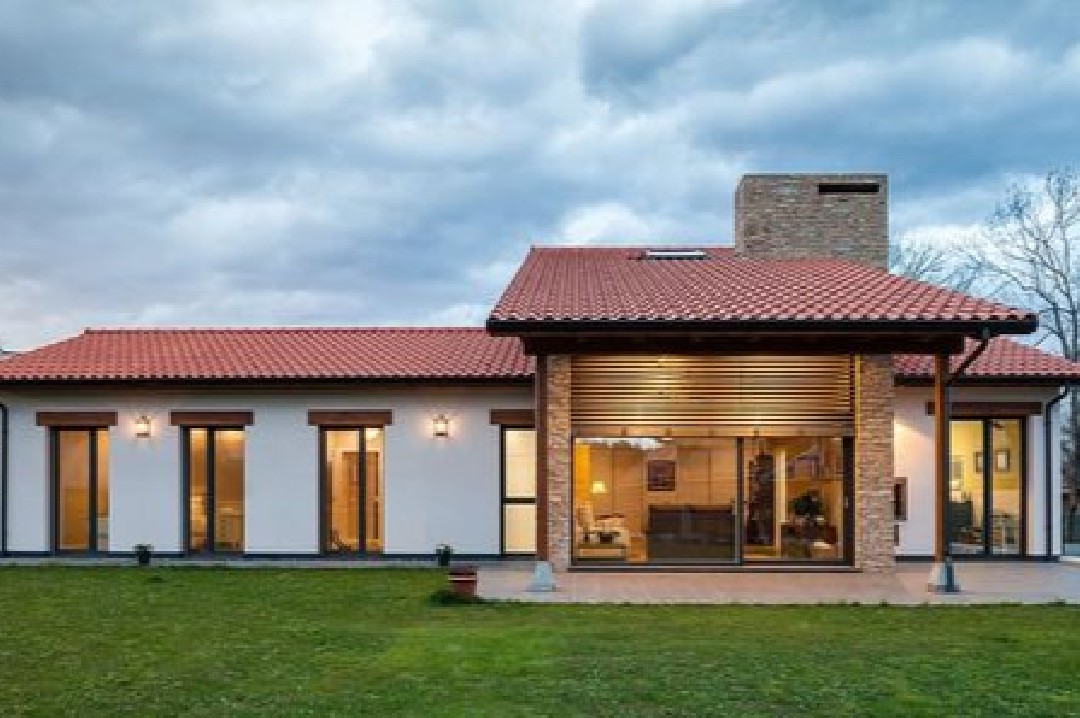
Introduction:
In the modern era, filled with challenges related to global warming and rising energy costs, awareness of the importance of energy efficiency in building design has become a major focus for designers and property owners. In the face of the complexity of this issue, the emergence of the passive house concept has become a beacon of light amidst the ongoing energy challenges. More than just a temporary solution, passive houses offer a new paradigm that emphasizes a holistic approach to sustainable building systems, which not only reduce energy consumption but also offer a comprehensive approach that integrates intelligent design principles with innovative technology. In response to the increasing global climate crisis, the architecture and construction communities have shifted their focus towards creating solutions that are not only effective in reducing carbon footprints but also practical and economically viable. The concept of a passive house, with its solid foundation in the use of natural energy and integrated design with the surrounding environment, has emerged as a strong response to this call.
Therefore, this article will delve deeper into the concept of passive houses, exploring its fundamental principles, the benefits it offers, and its broader implications for modern architecture and environmental sustainability. By better understanding the essence and potential of passive houses, we can pave the way towards a future of more energy-efficient, sustainable, and environmentally friendly buildings.
What is a Passive House?

A passive house is a new paradigm in building design that is not just a physical structure but a comprehensive philosophy that embraces principles of energy efficiency and occupant comfort as the core of every design element. This concept stems from a deep understanding of the importance of wisely utilizing natural resources and designing buildings that not only function as living spaces but also harmonize with their environment. At the core of the passive house concept are principles of intelligent design, which not only consider the physical aspects of the building but also the surrounding environmental conditions. One of the main pillars of this concept is optimizing the use of natural energy sources, such as sunlight, air circulation, and thermal insulation, to create an environmentally friendly and energy-efficient living environment. In practice, passive houses are designed in such a way as to maximize the entry of sunlight when needed, such as in winter, and reduce excessive sunlight exposure during the summer. This is achieved through the careful use of windows and doors, as well as the placement of buildings in relation to the direction of the sun.
Furthermore, efficient ventilation is a key element in passive house design. By utilizing a good airflow pattern, passive houses can create optimal air circulation without relying too heavily on heating or air conditioning systems. A good ventilation system also helps maintain air quality indoors, providing a healthy and comfortable environment for occupants. Equally important is superior thermal insulation in passive houses. Walls, floors, and ceilings designed with high-quality insulation materials help maintain a stable indoor temperature, even in extreme weather conditions. This not only increases the comfort of occupants but also reduces the need for heating or air conditioning, resulting in significant energy savings. Thus, passive houses are not just a place to live but a manifestation of a sustainable and environmentally responsible philosophy of life. By combining principles of intelligent design with innovative technology, passive houses pave the way towards a future of more energy-efficient, sustainable, and environmentally friendly buildings.
Principles of Passive House Design
1. Superior Thermal Insulation

One key to successfully implementing the passive house concept is the use of superior thermal insulation. In this regard, the walls, floors, and ceilings of the house are not only built with high-quality insulation materials but also carefully designed to ensure that heat or cold leaks are minimized as efficiently as possible. By choosing the right insulation materials and following proven design principles, passive houses can create an effective barrier against heat transfer, which in turn maintains a stable and comfortable temperature inside the rooms throughout the year.
2. Energy-Efficient Windows

The use of high-quality windows with advanced insulation technology is one of the important features to consider in passive house design. These windows are designed not only to maximize the entry of sunlight when needed but also to minimize energy loss through windows. Thus, the use of energy-efficient windows not only helps optimize the use of natural energy sources but also contributes to maintaining a balance of temperatures indoors and reducing dependence on additional heating or cooling.
3. Controlled Ventilation

Well-controlled ventilation design is another important aspect of passive house design. By paying attention to optimal airflow patterns, passive houses can create a healthy and comfortable air circulation for their occupants. An efficient ventilation system not only helps maintain indoor air quality but also reduces the need for additional heating or cooling. Thus, the use of well-controlled ventilation not only supports the concept of energy efficiency in passive houses but also ensures comfort and health for the occupants.
4. Careful Orientation

The placement of buildings considering the orientation of the sun and wind is a fundamental principle in passive house design. By carefully considering the orientation of the building, passive houses can maximize the benefits of natural energy such as sunlight and wind, thus reducing the need for additional energy for heating or cooling. Furthermore, careful orientation can also reduce direct exposure to excessive sunlight or strong winds, which in turn can improve comfort and energy efficiency in passive houses.
Benefits of Passive Houses
1. Significant Energy Savings
By relying on natural energy sources and implementing efficient technology and design, passive houses can reduce energy consumption by up to 90% compared to conventional houses. By harnessing solar energy, natural air circulation, and superior thermal insulation, passive houses can maintain room temperatures steadily without relying too heavily on heating or air conditioning systems. This not only results in significant energy savings but also helps reduce negative impacts on the environment by reducing greenhouse gas emissions.
2. Low Operational Costs

Although the initial costs of building a passive house may be higher than conventional houses, its operational costs tend to be lower in the long run. By reducing dependence on external energy sources such as electricity or gas, passive house owners can save money over a longer period of time. Furthermore, the use of more efficient energy can also reduce maintenance and repair costs for heating and cooling systems, making passive houses an overall profitable investment financially.
3. Maximum Comfort
One of the main attractions of passive houses is the comfort they offer to their occupants. With stable temperatures and fresh air throughout the year, passive houses create a comfortable and pleasant living environment for their occupants. No longer experiencing extreme temperature fluctuations or unhealthy air, passive house occupants can enjoy maximum comfort in their homes at all times.
4. Environmental Awareness
By reducing carbon footprints and dependence on fossil energy sources, passive houses not only benefit their owners but also support a more sustainable lifestyle overall. In an era where environmental awareness is increasing, passive houses become an attractive choice for those who care about the future of our planet. By choosing to live in a passive house, individuals can actively contribute to global efforts to reduce negative impacts on the environment and create a cleaner and healthier world for future generations.
Conclusion
The concept of passive houses offers an innovative and sustainable approach to modern building design. By combining principles of intelligent design with renewable energy technology, passive houses not only provide benefits to their occupants but also support global efforts to reduce negative impacts on the environment. With increasing attention to environmental issues, passive houses become an attractive choice for the future of sustainable and environmentally friendly building development.


